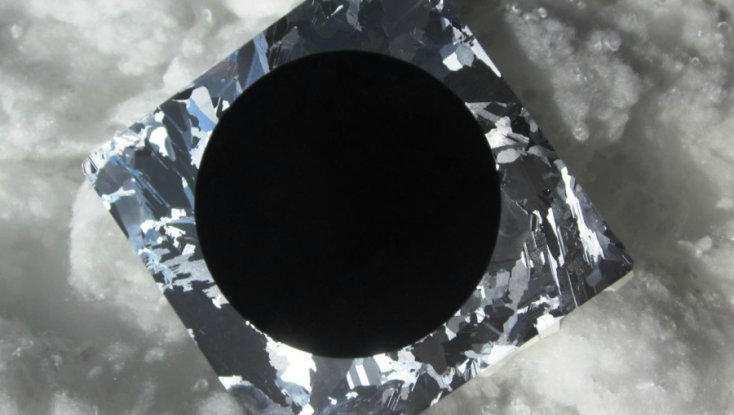From the beginning, we have stated that the low light panels are superior to crystalline panels. Although they have a bigger footprint for the same wattage and are considered lower efficiency, in real world conditions, they actually give you more electricity than the higher efficiency crystalline panels.
See our past post comparing thin film to crystalline panels: https://teslachargers.com/2015/05/19/crystalline-vs-amorphous-solar-panels/
Also, get our free book Solar Secrets so you can see an extensive comparison between them: http://freesolarsecrets.com
A few months ago, an important breakthrough was announced for low light cells that allowed 22.1% of the sunlight hitting them to be converted to electricity. That is about half of the record of 40% for crystalline panels, but is a huge step in having the low light panels be more acceptable to the general solar market. Too many people see the current efficiency of the low light panels and think they’re not good enough, but again, in real world conditions, they give you more electricity overall since they can produce during cloudy skies and even with marginal light from sunrise to sunset.

These high efficiency low light cells are black silicon cells, which simply soak up more light than their crystalline cousins. Although crystalline cells work mostly on invisible infrared light and the traditional amorphous thin film low light panels work on blue and green, these black silicon cells are structured to absorb as much of the infrared and visible light as possible so it benefits from the best of both worlds.
CIGS (Copper Indium Gallium Selinide) cells also work in both ranges, but they’re not readily available, very expensive and the efficiency isn’t that great so hopefully we’re at the game-changing stage with low light panels, which literally can change the face of the solar industry.
Read more about this new breakthrough: http://www.sciencealert.com/black-silicon-solar-cells-have-just-hit-a-record-breaking-22-1-efficiency

